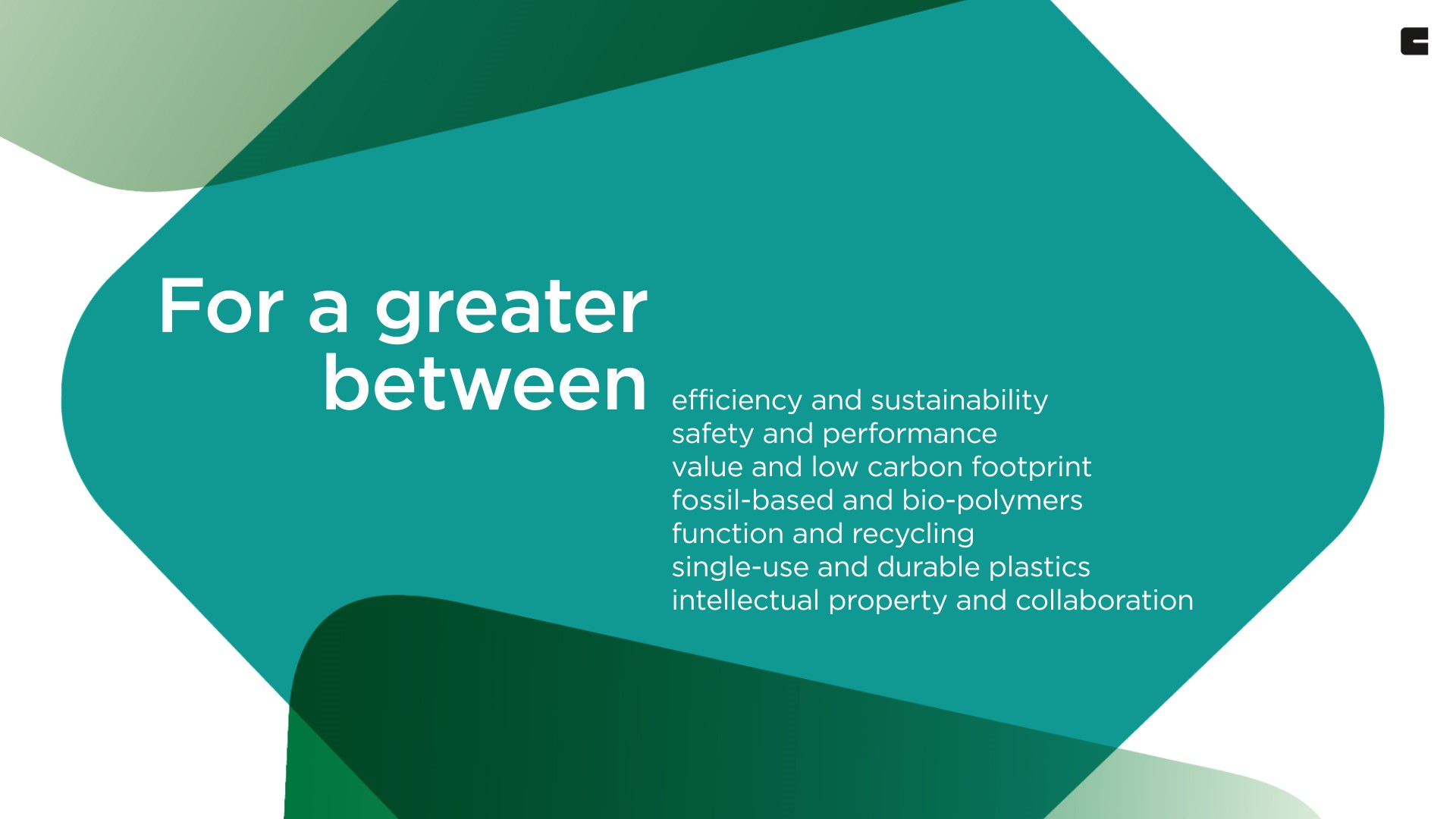Clariant introduces product carbon footprint tool to accelerate emissions reduction

- New tool calculates carbon footprints of Clariant products according to industry standard ISO 14067; validated by TÜV Rheinland in 2022
- Answers company and cross-industry needs for increased information and transparency on greenhouse gas performance at product level
- Marks important milestone in Clariant’s sustainability journey and decarbonization program
MUTTENZ, October 20, 2022 - Climate change is the biggest challenge of our time and transparency on carbon emissions has never been more important. Today, Clariant marked another milestone in its sustainability journey with the launch of its product carbon footprint (PCF) tool «CliMate».
The automated carbon footprint calculator «CliMate» enables Clariant to offer consistent cradle-to-gate greenhouse gas (GHG) emission data for hundreds of finished products and solutions from across its whole portfolio, in line with the ISO 14067 norm. Clariant is pursuing ambitious science-based climate targets and the «CliMate» tool will play a crucial role in the company’s efforts to reduce greenhouse gas emissions in its value chains.
“As we all look for ways to reduce our environmental impact, transparency on product carbon footprints is more important than ever before,” comments Richard Haldimann, Chief Technology & Sustainability Officer, Clariant. “The launch of «CliMate» puts us among the forerunners in responding to our customers’ growing need for footprint calculations to support their decarbonization goals. «CliMate» will play a fundamental role in Clariant’s efforts to increase the climate resilience of its product portfolio. It marks an important step in our sustainability journey and reflects our full commitment to delivering solutions to enable the transition to a climate-neutral economy.”
Public policy initiatives aimed at making sustainable products the norm strengthen the need for increased transparency. For example, in the European Union new legal requirements are already under development that will require businesses and manufacturers to demonstrate the sustainability performance of their products including measurements of the carbon footprint. «CliMate» can therefore also support Clariant and its customers in anticipating and addressing this trend.
The powerful new tool is based on leading standards for PCF calculations, including ISO 14067, one of the most commonly used standards in that area. «CliMate» has also been validated by the independent organization TÜV Rheinland. Clariant’s internal team of experts used existing GHG tracking systems information and combined it with its product recipes to develop this bespoke solution with support from industry specialists.
«CliMate» will enable Clariant to showcase, in a consistent way, PCF improvements over time as it continues to achieve ongoing reductions in emissions within its own operations and from purchased goods and services. The information provided by the calculations will also be used by Clariant to uncover improvement opportunities within its supply chains.
Clariant’s current PCF portfolio coverage will expand to ever-wider application areas as supporting information becomes increasingly available from suppliers through the company’s supplier engagement program. “We will adopt the product carbon footprint data guideline currently established by Together for Sustainability (TfS) – the chemical industry initiative focused on enhancing sustainability in supply chains. This guideline reflects leading standards for scope 3 greenhouse gas accounting and reporting,” commented Markus Mirgeler, Chief Procurement Officer at Clariant. Clariant continues to engage with its raw material suppliers to share their carbon footprint data and demonstrate the greenhouse gas emission reductions expected by Clariant from its strategic suppliers.
The launch of «CliMate» is just one example of Clariant’s focus on expanding information and transparency for industry value chains around the carbon footprint of its products. Through its membership of the Together for Sustainability initiative, it contributed to the development of a chemical industry guideline on product carbon footprints and corporate accounting for scope 3 emissions. The guideline, announced by Together for Sustainability in September, harmonizes PCF calculation approaches across the industry and is applicable to the vast majority of chemical products. In the future, this will allow consumers and the wider market to directly compare and assess the climate impact of products. Clariant is also part of the World Business Council for Sustainable Development’s SOS 1.5 Pathfinder Framework on the methodological guidance for the calculation of product carbon footprints. The overall aim is a harmonized and state-of-the-art methodology.
For more information about «CliMate» visit https://www.clariant.com/en/Sustainability/Environmental/Product-Carbon-Footprint-Calculations.

